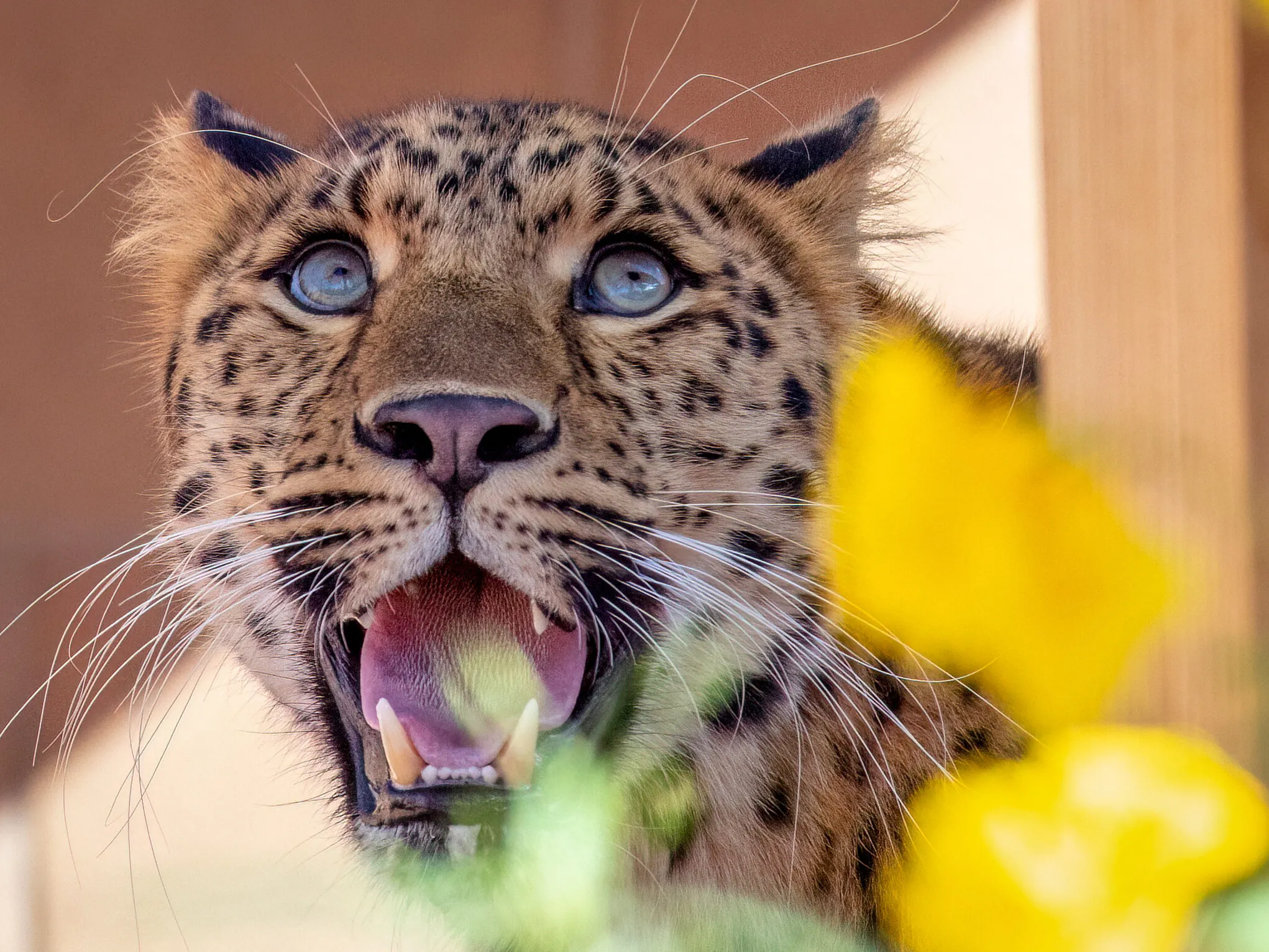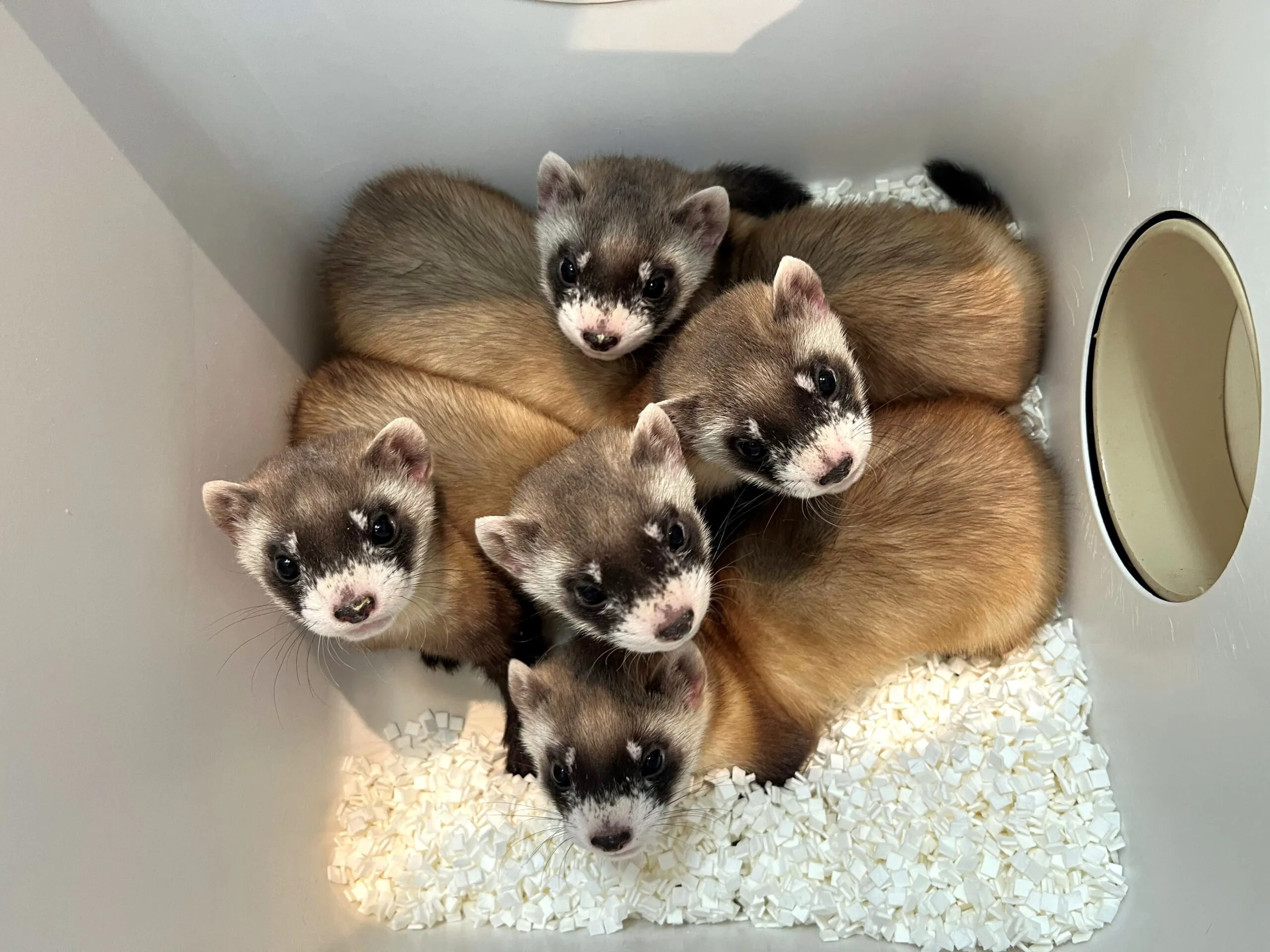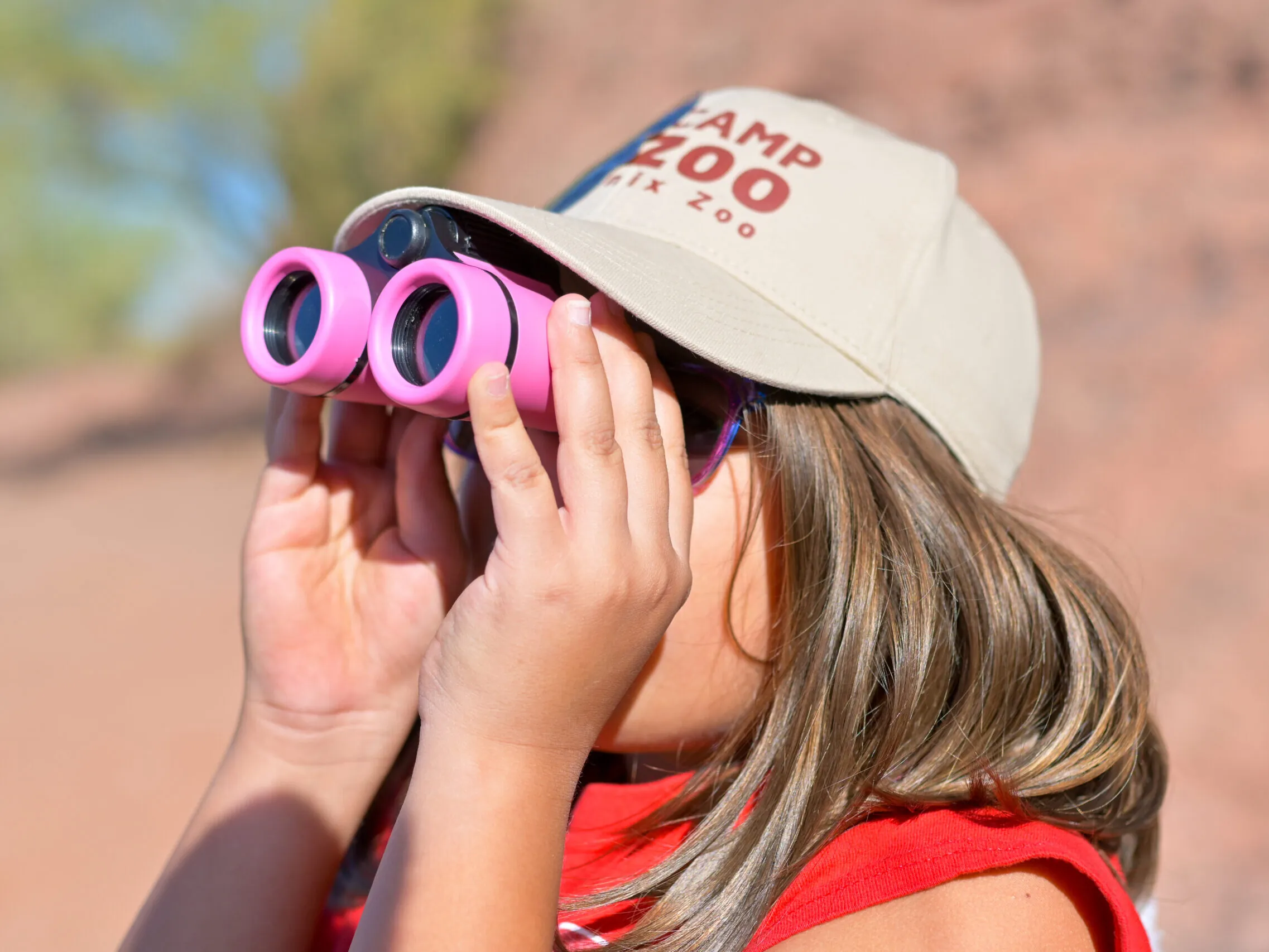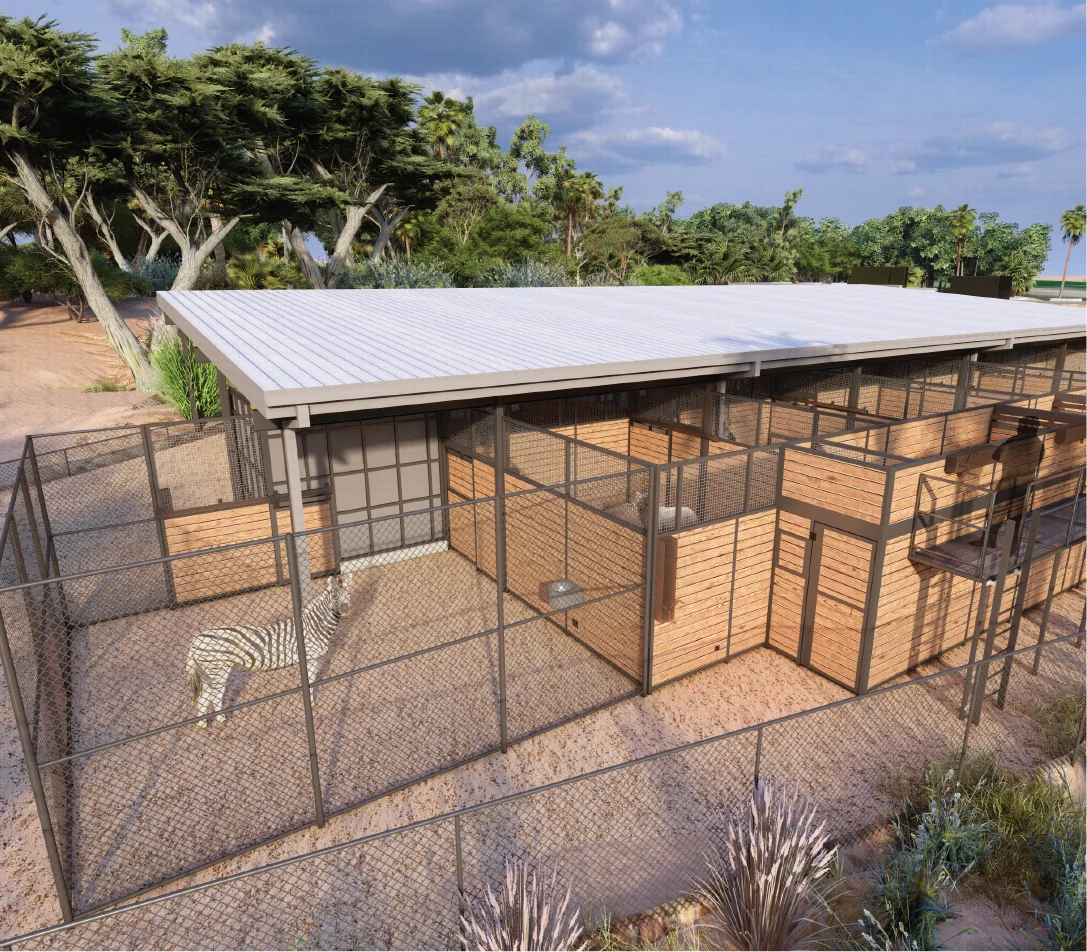Zoo Animal Stories
Animal Stories
By Sarah Skebba | Trail Experiences Coordinator
Mountain Lion
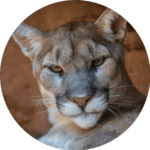 In the fall of 2007, seven fully dependent Mountain Lion cubs from multiple litters were rescued from the Black Hills of South Dakota. South Dakota Game, Fish, and Parks department rescued the cubs after discovering that several females were hunted while they were nursing. All seven cubs recovered at the Wildlife and Fisheries Science Department at South Dakota State University before moving to their permanent residences in early 2008. The Mountain Lion cubs were sent to the Abilene Zoo and the Denver Zoo, and the Phoenix Zoo received two sisters.
In the fall of 2007, seven fully dependent Mountain Lion cubs from multiple litters were rescued from the Black Hills of South Dakota. South Dakota Game, Fish, and Parks department rescued the cubs after discovering that several females were hunted while they were nursing. All seven cubs recovered at the Wildlife and Fisheries Science Department at South Dakota State University before moving to their permanent residences in early 2008. The Mountain Lion cubs were sent to the Abilene Zoo and the Denver Zoo, and the Phoenix Zoo received two sisters.
The same year as their arrival, the Giants and the Patriots competed in the Super Bowl right here in Arizona. A public naming contest was used to choose the names of the two young Mountain Lions, and it was decided that they would be named Eli and Brady after the quarterbacks. However, the Zoo staff also came up with some names, and called them Sierra and Mystic.
Today, you can still see Brady/Mystic and Eli/Sierra on the Arizona Trail at the Phoenix Zoo. They enjoy resting on the rock ledges on the right side of the exhibit. If you are lucky enough to get a good look, you can tell the girls apart using the small notch in Mystic’s left ear.
Cookie
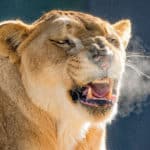 Cookie, our older female African Lion, had a tough start to her life. Cookie and her littermate, Sheik, were born into the pet trade and lived in a steel mesh playpen in someone’s home as a cub. They were eventually rescued by game and fish officers and taken to the Pittsburg Zoo where they had a better environment and proper resources. Cookie and Sheik came to the Phoenix Zoo in 2005 and moved into their new home on the Africa Trail where Cookie still lives today! Because of Cookie’s background, we don’t know when her actual birthday is. We suspect she was born around September 1998, making her a whopping 21-years-old!
Cookie, our older female African Lion, had a tough start to her life. Cookie and her littermate, Sheik, were born into the pet trade and lived in a steel mesh playpen in someone’s home as a cub. They were eventually rescued by game and fish officers and taken to the Pittsburg Zoo where they had a better environment and proper resources. Cookie and Sheik came to the Phoenix Zoo in 2005 and moved into their new home on the Africa Trail where Cookie still lives today! Because of Cookie’s background, we don’t know when her actual birthday is. We suspect she was born around September 1998, making her a whopping 21-years-old!
While Cookie lives quite the luxurious life now, things could have been a lot different for her if she had not been rescued. While lion cubs may be cute, it is important to remember that wild animals do not make good pets and we can show our love for them by helping to protect them and their habitats!
California Condor
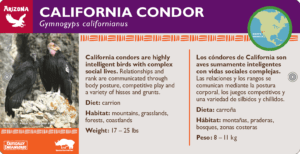 The Phoenix Zoo is home to two male California Condors, Awexa, who will be 12-years-old in June and Appan, who will be 11-years-old in April. Both condors were born at the San Diego Zoo as part of an incredibly successful breeding and reintroduction program.
The Phoenix Zoo is home to two male California Condors, Awexa, who will be 12-years-old in June and Appan, who will be 11-years-old in April. Both condors were born at the San Diego Zoo as part of an incredibly successful breeding and reintroduction program.
You may be asking, “Why do we need a reintroduction program?” Well, in the 1980s, the wild population of California Condors fell to just 22 birds, with lead poisoning from ammunition being the main culprit. When hunters use lead ammunition, the bullets explode within whatever they are hunting. Hunters would often take the meat, but leave the rest of the lead-riddled carcass for vultures and other scavengers to feast on. In an effort to save the species, the last 22 birds were collected and a breeding program was started at the San Diego Zoo and the LA Zoo.
Our two males were hatched as part of that program and were released into the wild when they were old enough. However, they too felt victim to lead ammunition, and were caught-up, treated, and re-released. After their second release, they were too comfortable around people, landing in campsites and on cars! Could you imagine a bird with a nine-foot wingspan standing outside of your tent?! In an effort to do what was best for Awexa and Appan, they were moved to their new home on the Arizona Trail at the Phoenix Zoo in December 2014.
Awexa and Appan serve a very important role, they help educate guests about the dangers of lead ammunition and the condor reintroduction program. Today, there are more than 250 wild California Condors flying above California, Arizona, Utah, and Mexico. Just last year was the birth of the 1,000th chick in the breeding program and we saw the first wild California Condor fledge in Santa Barbara County in more than 30 years. The reintroduction program and wild populations are successful thanks to many new regulations. Much of the California Condor habitat is now a lead-free zone. Arizona Game and Fish has implemented a Gut-Pile Raffle, which encourages hunters to remove the whole carcass from the environment to prevent lead poisoning. They also encourage non-lead ammunition by offering an ammunition exchange!
Next time you are at the Phoenix Zoo, be sure to stop by the Arizona Trail to see Awexa and Appan. Awexa has the #95 white wing-tag and Appan has the #10 blue wing-tag. These tags were placed on the Condors before their release and we leave them on to represent their story. The color of the tags represents variants of hundreds, and you can see wing-tags on every single Califonia Condor in the wild today.


